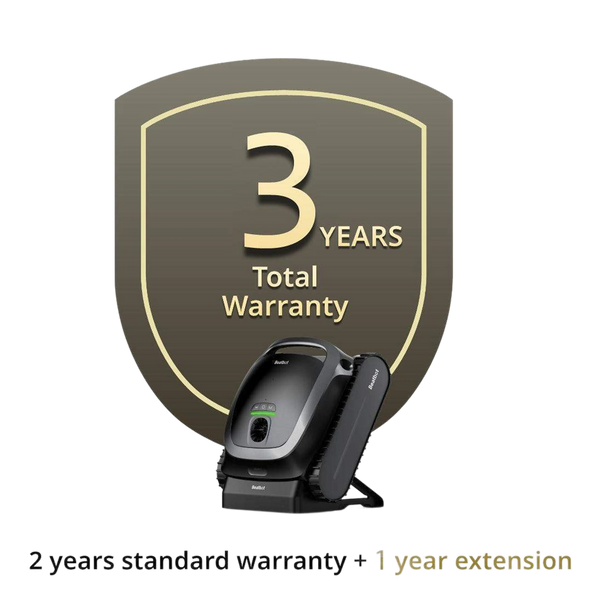The Crucial Role of pH Balance in Pools: Mastering Adjustments
When it comes to maitain balanced water quality for your pool, pH is arguably more vital than others. Improper pH levels bring uncomfortable swimming experience and may even damage the pool’s equipment. Here we talk about why pH is essential for swimming pool and how to banlance pH leves.

About pH
pH indicates the level of acidity or alkalinity for your pool water. A pH level of 7 is neutral, while a level below 7 is considered acidic, and a level above 7 is considered alkaline. Ideal swimming pool pH range is 7.4-7.8, and acceptable pH level is between 7.2 and 7.8.
pH is naturally unstable in water, affected by hardness or softness of your pool water, the weather, water temperature, your pool’s filtration system, swimmers, and other factors. Obviously, pool pH is something you’ll be monitoring carefully and adjusting frequently.
Why is pH so important for your pool water?
-
Impact Chemical Balance: pH can influence other pool chemicals level, includes total alkalinity and calcium hardness. A balanced pH helps reduce chemical usage and ensures effective sanitation.
-
Affects Chlorine Efficacy: Maintaining the proper pH (ideally7.4-7.8) ensures effectiveness of chlorine as a sanitizer to kill bacteria and algae. If the pH is too high, it will decreased ability for chlorine to kill germs, increasing the risk of algae growth and waterborne illnesses.
-
Swimmer Comfort: A balanced pH level helps protects you from ichy, irritated eyes and skin, maintaining a comfortable and safe swimming environment for swimmers, and enhance a enjoyable swimming experience.
-
Preventing Equipment Damage: If your pH levels stay high (above 7.8), leading to scale buildup and damages vinyl liners and cover. Low pH (below 7.2) causes corrosion of metal parts of pool facilities or equipments. All above will leading to costly repairs and replacements.
-
Water Clarity: High pH above 7.8 result in cloudy water easily. Proper pH levels help maintain clear water by reducing the likelihood of cloudiness and algae growth.

How to Adjust pH levels
Since the indispensable role pH acts in pool water, as a pool owner, it’s neccessary to know how to properly test and adjust the pH levels in your pool water.
Things you need to balance pH in your pool
-
Baking soda/ sodium carbonate – increases the alkalinity/ decreases acidity.
-
Muriatic acid/ sodium bisulfate – decreases alkalinity/increases acidity
-
Digital pool tester/ water testing kit / test strips - check water balance
-
Safety goggles
-
Acid-resistant gloves
Monitoring the PH Levels
Testing your pool’s pH levels regularly will help you determine if your pool needs to be ajusted. It's recommended to test your pool water at least once a week, but increasing this frequency especially after a heavy rain, chemical adding or pool heavy usage.You can choose digital pool tester ,or test strips, or a pool kit for measuring pH levels.
How to Test pH Levels
-
When using pool test strips, dip the strip into the pool water for a few seconds and then compare the color on the strip to the color chart provided.
-
A digital tester is more accurate and easier to use. Simply dip the tester into the pool water and read the pH level from the digital display.
-
Pool test kits come with a variety of tests to check for pH levels, chlorine levels and other aspects of your water chemistry.
How to Raise Your pH
If the pH is below 7.2, you'll need to raise it.There are two different chemicals you can use to raise the pH in your pool: baking soda (sodium bicarbonate) or soda ash (sodium carbonate).
Tips: Baking soda also increases your pool’s alkalinity. So if you need to raise pH without raising total alkalinity, use soda ash instead.
How to Lower Your pH
If the pH is above 7.8, you'll need to lower it.You can lower pH in a pool with either pH decreaser (sodium bisulfate) or muriatic acid. And if you’re adding something to your pool that’s causing high pH (like cal-hypo shock), consider stopping until your pH levels drop down.
Calculate the Amount Needed
Refer to the product instructions for the correct dosage based on your pool size and current pH level.
No matter which chemicals you add, note that always read and follow the product label for dosing and application instructions cafully, this often includes wearing Personal Protective Equipment (PPE).

Add the Chemical
For pH Increaser: Dissolve the recommended amount of sodium carbonate in a bucket of water, and then distribute it evenly around the pool while the pump is running.
For pH Decreaser: If using muriatic acid, dilute it in a bucket of water before adding it to the pool, and do the same as above by pouring it around the pool’s perimeter.
Use Alkalinity Adjusters
Remember the total alkalinity levels help stabilize the pH levels so that they don’t fluctuate as much over time. So balance your pool alkalinity first, then your pH. Your water’s alkalinity should be at least 80 ppm, ideally between 110-150 ppm.
Retest the Water
After a few hours, retest the pH level to ensure it has reached the desired range. Adjust again if necessary.

From the article, we learn that it is necessary to keep track of the pH in your pool to make sure the water is still hygienic and suitable for swimming. By testing regularly, you can make adjustments before it becomes a problem.
So regular testing and adjustment of pH levels are essential for maintaining a safe and pleasant swimming environment for your family. But always follow safety precautions when handling pool chemicals and store them out of reach of children.
We hope that this passage is helpful for you, and that you now have a better understanding of the importance of maintaining proper pH balance in your swimming pool. Incorporating tools like the Beatbot AquaSense Robotic Pool Cleaner can assist in keeping your pool clean while you focus on balancing the chemicals. Finding the testing method that works best for you can help you maintain the quality of your pool water and ensure a safe and enjoyable swimming experience.






















